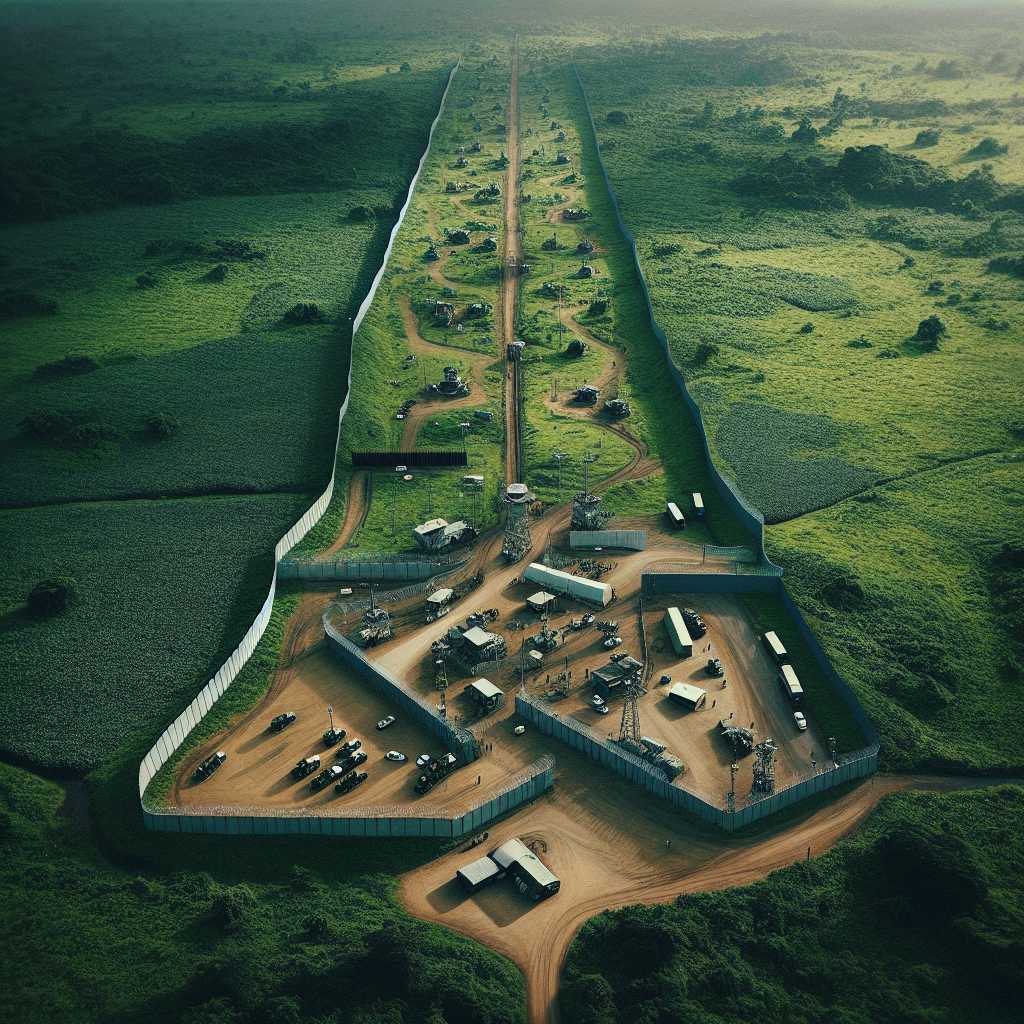The Relationship between North Korea and South Korea: History, Current Challenges, and the Prospect for Reunification
The Korean Peninsula, with its complex history of conflict, division, and intermittent hope for reconciliation between North and South Korea, demonstrates the lasting impact of political ideologies and international relations in East Asia. This comprehensive analysis explores the long-standing divide between the Democratic People’s Republic of Korea (North Korea) and the Republic of Korea (South Korea), considering their origins, periods of conflict and cooperation, and the ongoing discussion surrounding the possibility of reunification.
Historical Context: From Unified Kingdom to Divided Peninsula
The Korean Peninsula has a storied history that dates back thousands of years. Up until the 20th century, Korea was predominantly a unified monarchy. Following its annexation by Japan in 1910, the peninsula experienced 35 years of colonial rule, which ended with Japan’s defeat in World War II. The subsequent vacuum of power led to the division of Korea along the 38th parallel, with Soviet forces occupying the north and U.S. forces the south.
Cold War Era: Establishment of Two Koreas
As the Cold War ideological rift between communism and democracy intensified globally, Korea found itself split into two states with divergent political systems. In 1948, separate governments were established: the communist North Korea led by Kim Il-sung and the capitalist South Korea under Syngman Rhee. The ideological divide fostered by the Cold War perpetuated and justified this national schism.
Korean War and Its Aftermath
On June 25, 1950, North Korean troops, backed by Soviet support, crossed the 38th parallel, igniting the Korean War in an effort to reunify the peninsula under communist rule. A United Nations coalition led by the United States intervened to defend South Korea. The war ended three years later in a stalemate with an armistice agreement though no formal treaty was ever signed, leaving North Korea and South Korea technically at war.
Post-War Relations and Military Tensions
The demilitarized zone (DMZ), established at the end of hostilities in 1953, has since marked a heavily militarized border between the two Koreas. This ceasefire line has been one of much contention—subject to periods of escalation, military encounters, and provocations predominantly from the North Korean side.
Economic Divergence: Growth in South and Isolation in North
Since their separation, both Koreas have followed starkly different economic trajectories. South Korea has developed into a vibrant democracy with a dynamic economy that earns it a position among major global market economies. In stark contrast, North Korea has deeply suffered under an authoritative regime that emphasizes military spending and enforces strict control over its economy and population—leading to widespread poverty, lacking infrastructure, sanctions due to its nuclear program, and international isolation.
Diplomacy and Cooperation: Thaws and Freezes
Despite tensions, there have been notable efforts such as the Sunshine Policy initiated in the late 1990s aimed at encouraging interaction and economic assistance as avenues for improvement in relations. The early 21st century saw several high-level meetings including family reunions for those separated by war. However, progress remains halting due to recurring military tests from North Korea.
South-North Communicative Efforts
Both Koreas have occasionally sought to open channels of communication, most notably through inter-Korean summits. These summits have brought leaders together in pursuit of mutual interests ranging from diplomacy to cultural exchanges to humanitarian issues.
Current Dynamics and International Engagement
Presently commands cautiously optimistic scrutiny due to global apprehensions concerning North Korea’s nuclear ambitions violating international norms.
